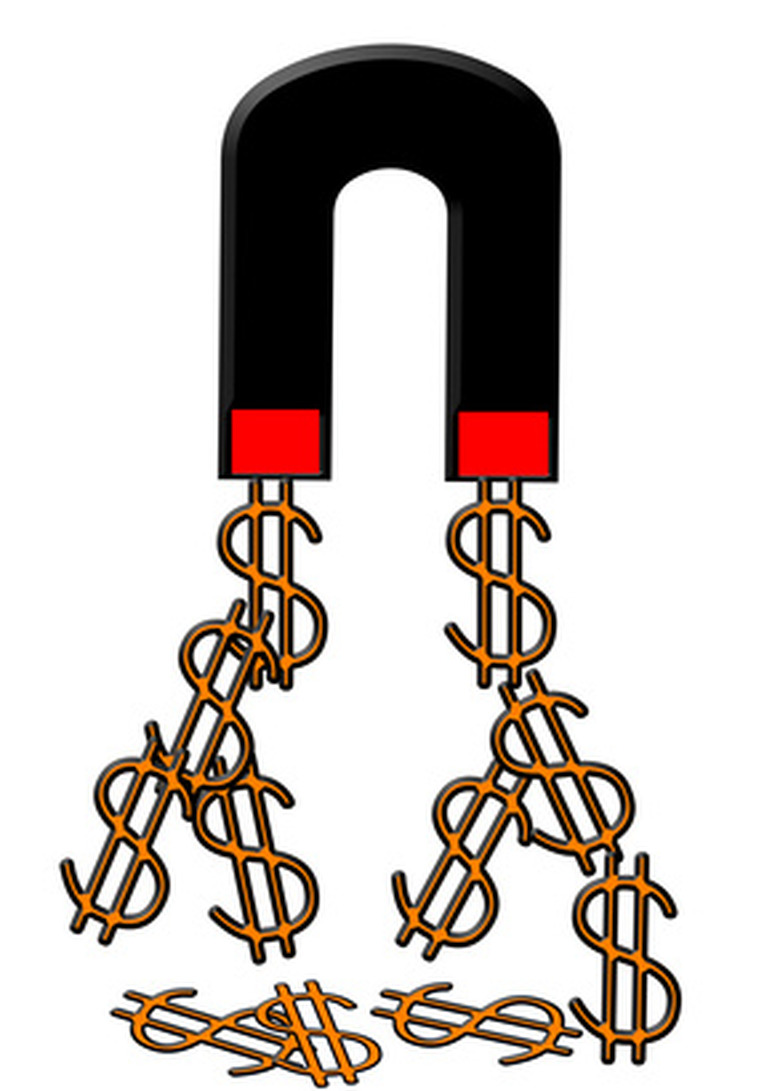Why Are Magnets Used In Recycling?
Magnets are a vital tool used in recycling. Recycling consists of separating different types of metals and alloys, based on the elements each is made from. Many metals contain iron, and a magnet sticks to these types. Other metals do not contain iron, and therefore a magnet will not stick to them. Using a magnet determines if metals contain iron or not, and this plays an important role in recycling.
Ferrous Metals
Ferrous Metals
Ferrous metals are any metals that contain iron. This includes tin, steel, iron, cast iron and plate and structural steel. A magnet is used to detect if a metal contains steel. If it does, the magnet sticks to the metal. The value of steel, or iron, products is significantly less than that of nonferrous materials.
Crane Magnets
Crane Magnets
Recycling centers or scrap yards often use a crane with a huge magnet. The crane operator moves scrap metals into piles using this magnet. Any ferrous material, or material containing iron, is picked up by the magnet and placed in a specified location. Any material that is not picked up by the crane's magnet gets sorted by the type of metal it is.
Nonferrous Metals
Nonferrous Metals
Nonferrous metals do not contain iron. A magnet therefore does not stick to any nonferrous metals. Nonferrous metals are valued higher than ferrous metals. Using a magnet is sometimes the only way to discern the difference among certain metals.
Types of Nonferrous Metals
Types of Nonferrous Metals
Some common types of nonferrous metals are those made of aluminum, including aluminum cans, different types of brass, types of copper, lead and zinc. Some metals contain both iron and a nonferrous metal. A magnet then sticks to the metal and the value is lower than it would be if the metal was a solid nonferrous material.
Considerations
Considerations
At recycling centers, scrap is sorted first by ferrous and nonferrous. It is then sorted again based on type of material. Oftentimes a piece of aluminum is brought to a recycling center, but running a magnet over it determines there are steel screws in the aluminum. If this happens, the customer either removes the screws or gets paid less for the aluminum because steel contaminates the aluminum. When recycling centers start the process of melting metals down to recycle them, it is extremely crucial that the metals aren't mixed. Mixture of metals causes technical problems with recycling machines.
Cite This Article
MLA
VanBaren, Jennifer. "Why Are Magnets Used In Recycling?" sciencing.com, https://www.sciencing.com/about-6398727-magnets-used-recycling-/. 9 January 2018.
APA
VanBaren, Jennifer. (2018, January 9). Why Are Magnets Used In Recycling?. sciencing.com. Retrieved from https://www.sciencing.com/about-6398727-magnets-used-recycling-/
Chicago
VanBaren, Jennifer. Why Are Magnets Used In Recycling? last modified March 24, 2022. https://www.sciencing.com/about-6398727-magnets-used-recycling-/
